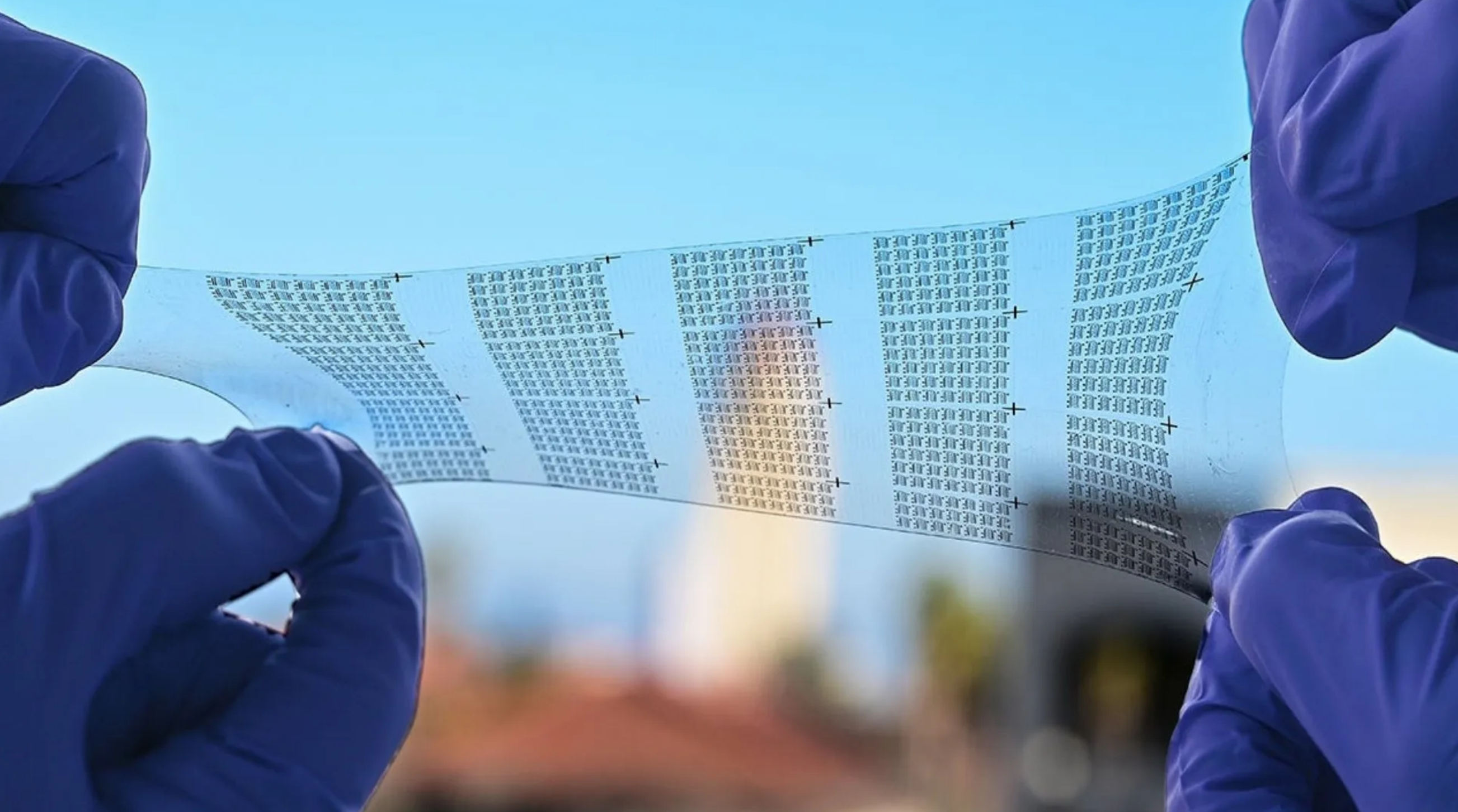Skin-like Wearables: Monitoring Health Vitals and Disease Diagnosis
Stanford University researchers have achieved a notable breakthrough in wearable technology with the creation of a skin-like device capable of monitoring health vitals and potentially aiding in disease diagnosis. This innovative wearable seamlessly integrates with the user’s skin, enabling continuous collection of health data.
While smartwatches and fitness bands offer health tracking, they lack comfort. Some specialized wearable devices track health more effectively but pose risks such as infection. A new skin-like wearable screen could revolutionize the industry.
Stanford University researchers have created a tiny gadget with advanced integrated circuits that are smaller, operate much faster than before, and are flexible. These circuits can power a small LED screen and detect tactile information, like reading Braille, better than human fingertips.
Next-Generation Electronic Technology: Faster, Smaller, and More Efficient
The circuits comprise semiconducting carbon nanotubes nestled between elastic materials in a fishnet-like configuration, enabling them to maintain functionality even when stretched and deformed.
According to the scientists, the new electronic technology is five times smaller and a thousand times faster than its predecessors. Researchers assert that this advancement marks a significant stride towards realizing a next-generation brain-machine interface.
The team anticipates that their product will soon be ready for commercialization. However, they are encountering challenges such as managing electrical fluctuations caused by body movement and implementing moisture protection for practical applications.
Zhenan Bao, the senior author of the paper, said, “There are still challenges for the future of this technology, but these recent developments open up some very exciting biomedical applications for wearable and implantable electronics,”
“And it also has applications in soft robotics, giving robots a sensing functionality that approaches that of humans and makes them safer for people to work with.”







